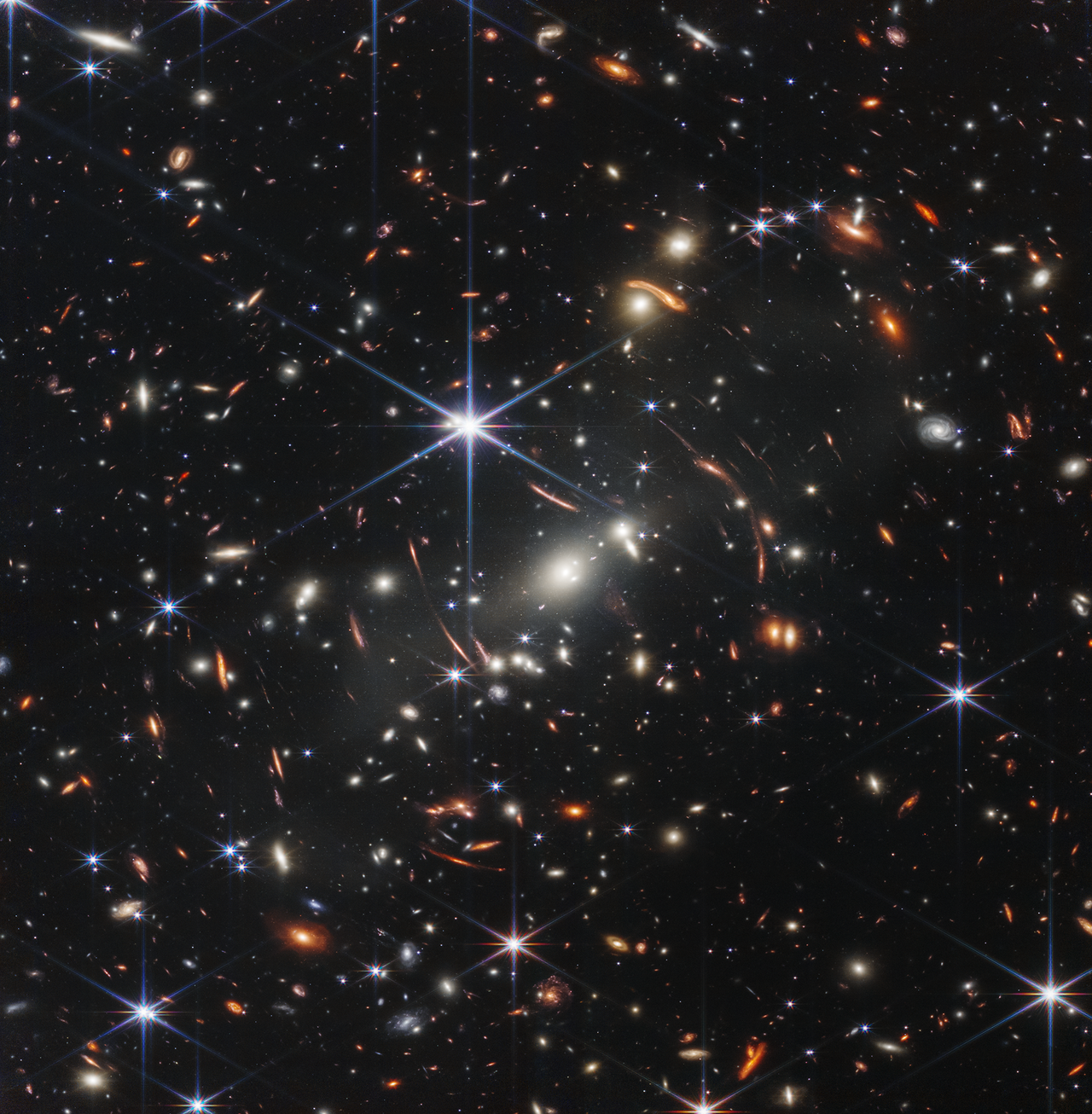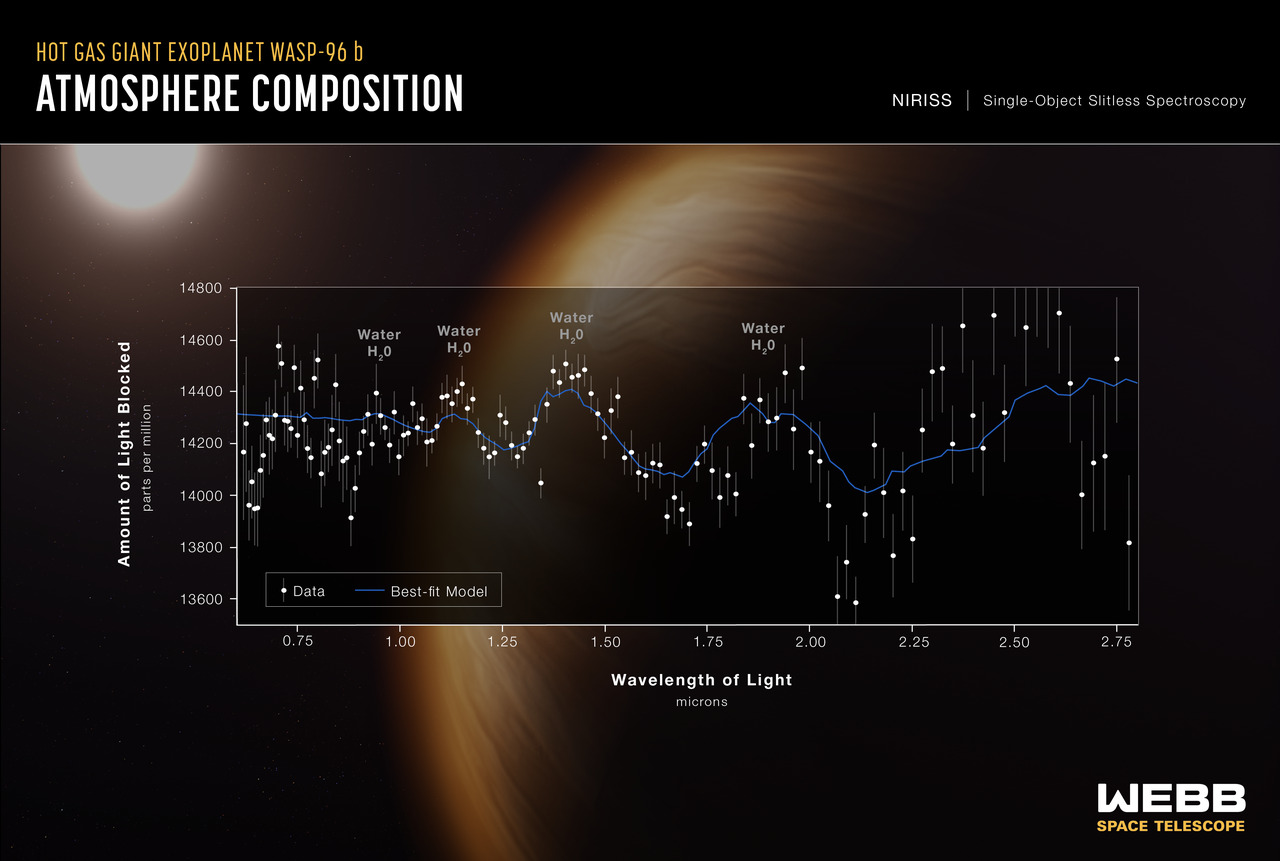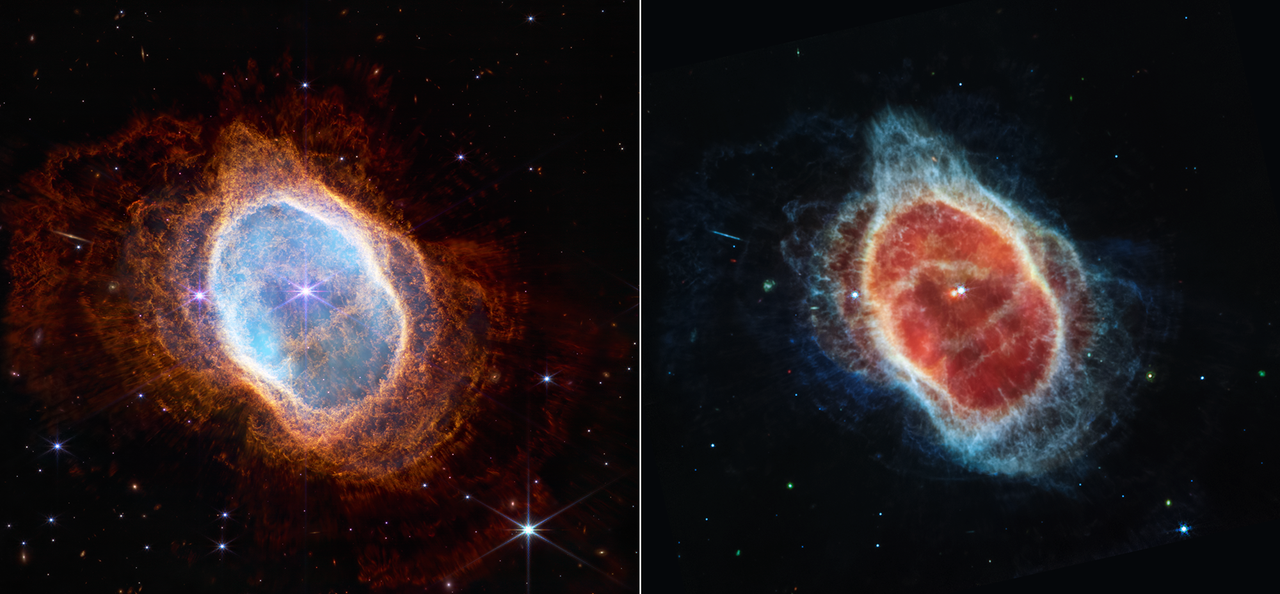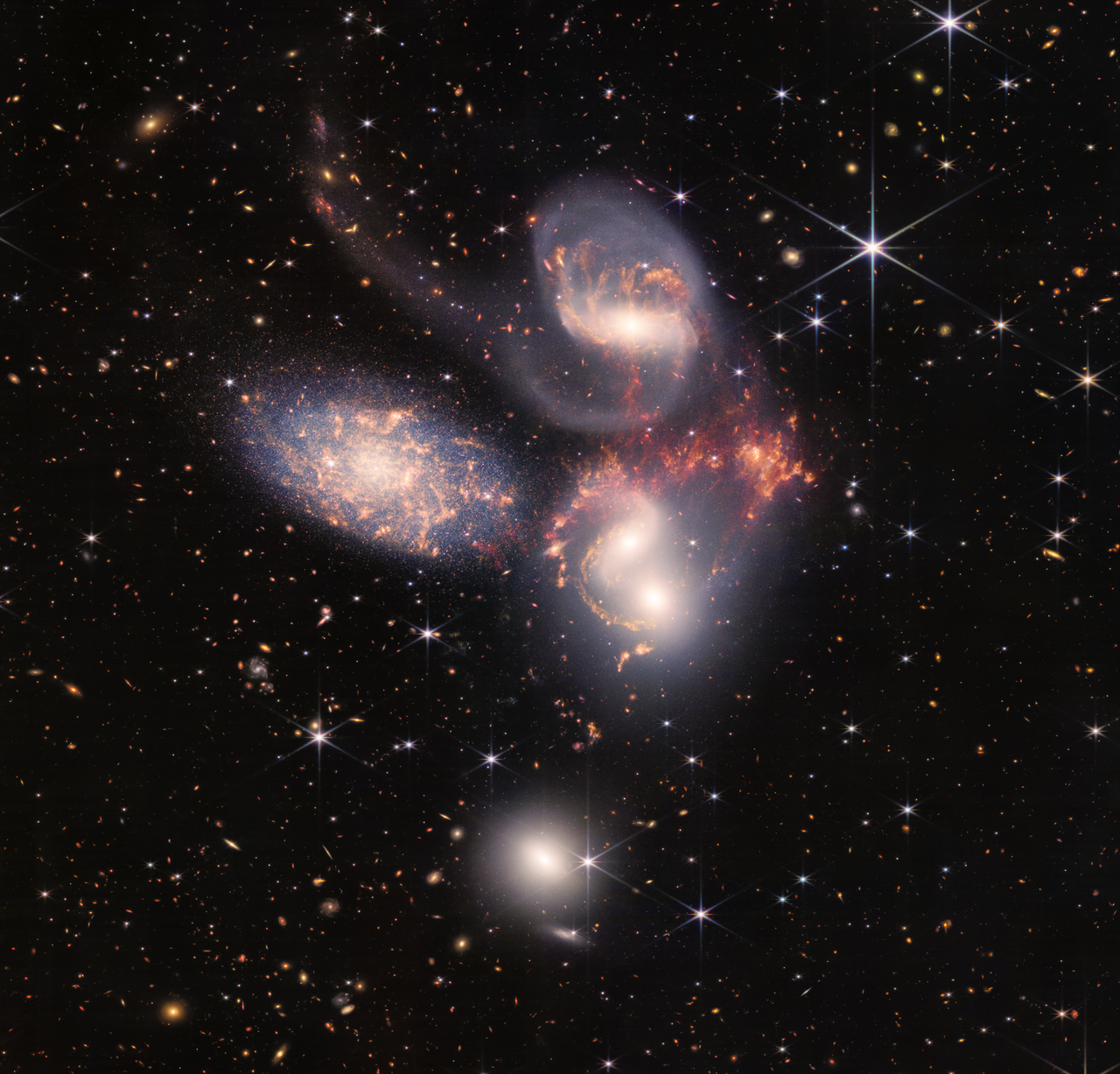NASA on Tuesday released more images from the James Webb Space Telescope, a day after President Joe Biden unveiled the first image at the White House.
In partnership with the European Space Agency and Canadian Space Agency, NASA released the images as part of its research into the earliest days of the universe.
While images of galaxies have been seen before, the $10 billion Webb telescope uses the infrared spectrum to show the cosmos in detail never seen before. It’s considered the successor to the Hubble Space Telescope.
NASA revealed the images one by one in a giddy presentation with satellite linkups to groups and facilities around the world that contributed to the mission. Despite technical glitches, the scientists’ enthusiasm was infectious.
This image of a galaxy cluster was released Tuesday in a presentation from NASA’s Goddard Space Flight Center.

This image of a distant planet was released next. The telescope has captured the signature of water, along with clouds and haze, surrounding a hot, gas-giant planet called WASP-96 b.

These images of NGC 3132, known informally as the Southern Ring Nebula, help scientists understand how the dying star spurts out rings of gas and dust for thousands of years.

In the fourth reveal of the day, five galaxies are shown in an arrangement called Stephan’s Quintet, with four of them interacting. Data scientist Giovanna Giardino said the image shows “a sort of cosmic dance driven by the gravitational force.”
These galaxies famously appeared in the 1946 film “It’s a Wonderful Life” as angels responding to the prayers of George Bailey.

The last image reveals details about a stellar nursery called NGC 3324 in the Carina Nebula. The image reveals previously invisible details about star birth. The tallest “peaks” in the image are 7 light-years high.

If you’d like to learn more about the images, NASA has provided very detailed information on its website for the telescope.